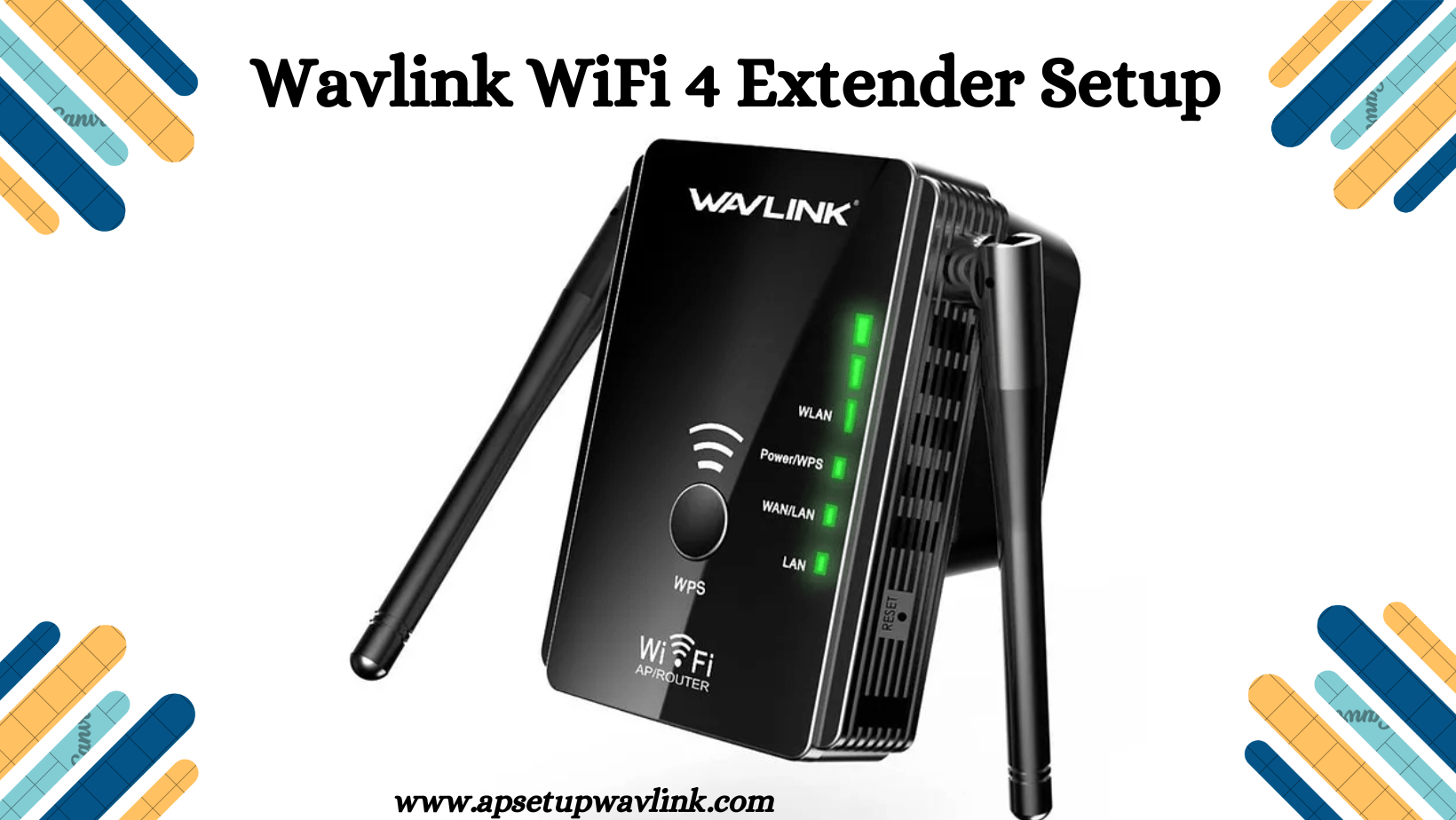WL WN575A3 AC1200 Extender Setup
Within the dynamic realm of digital connectivity, the WL WN575A3 AC1200 Extender setup serves as a beacon, pledging to enhance and amplify your online experience. This exhaustive guide will meticulously explore the intricacies of seamlessly configuring the WL WN575A3 AC1200 Extender, ensuring a heightened and uninterrupted online journey. Understanding the Basics: WL WN575A3 AC1200 Extender setup Before…









